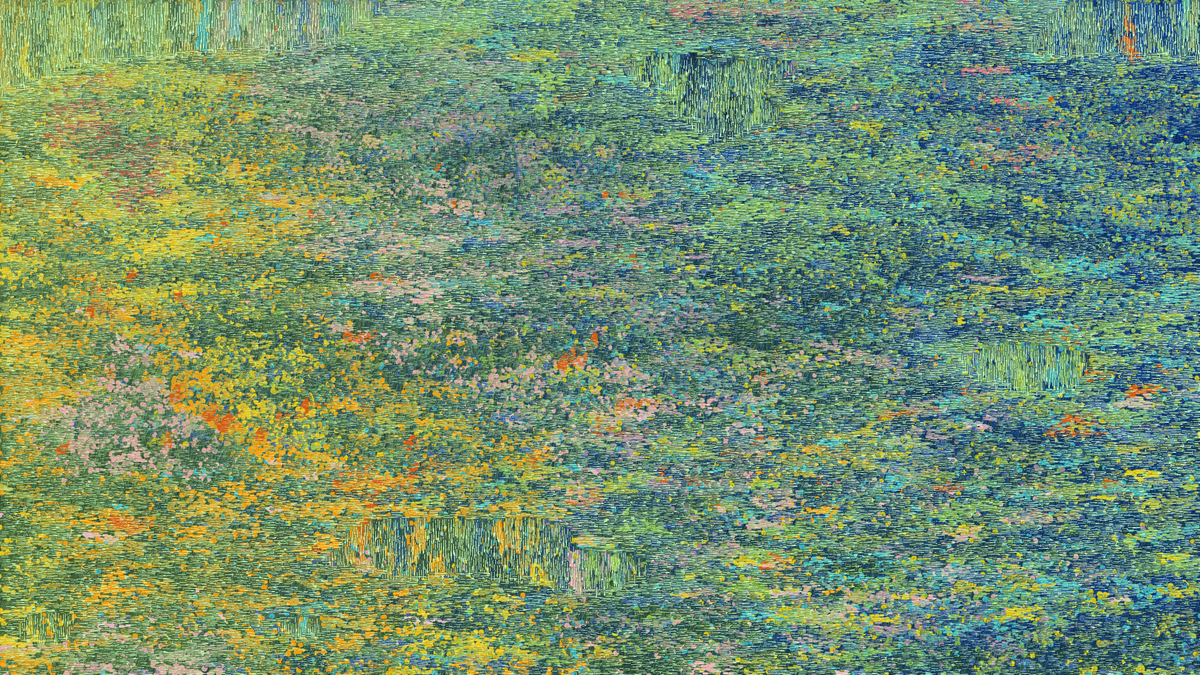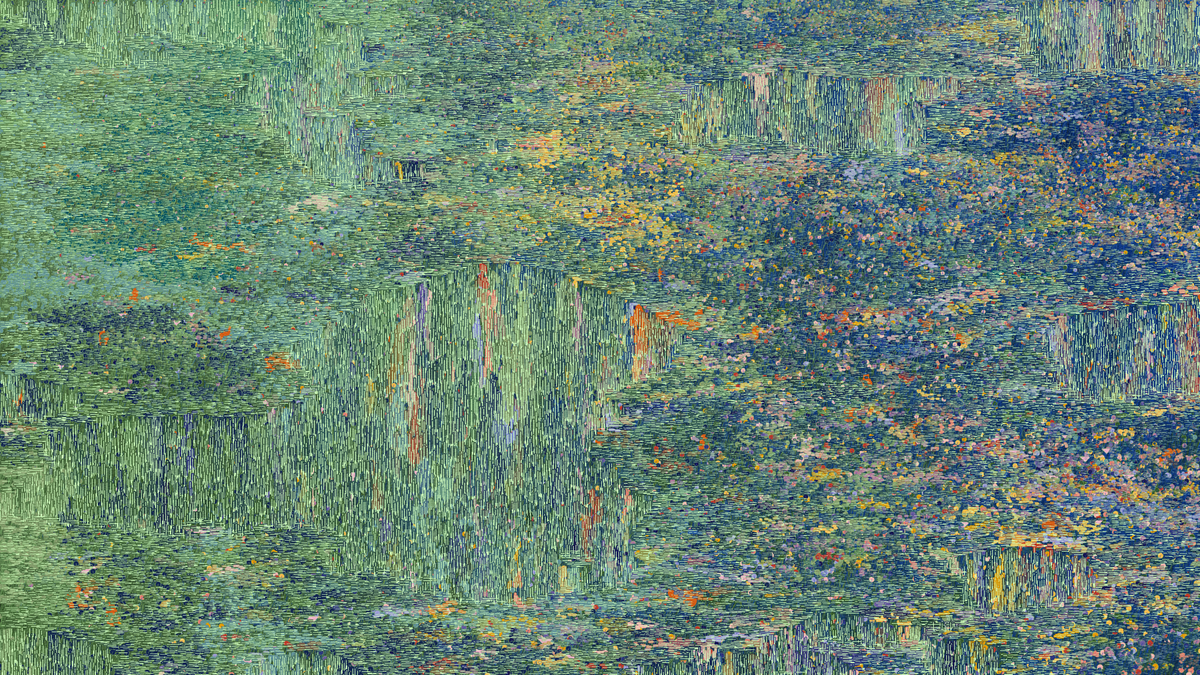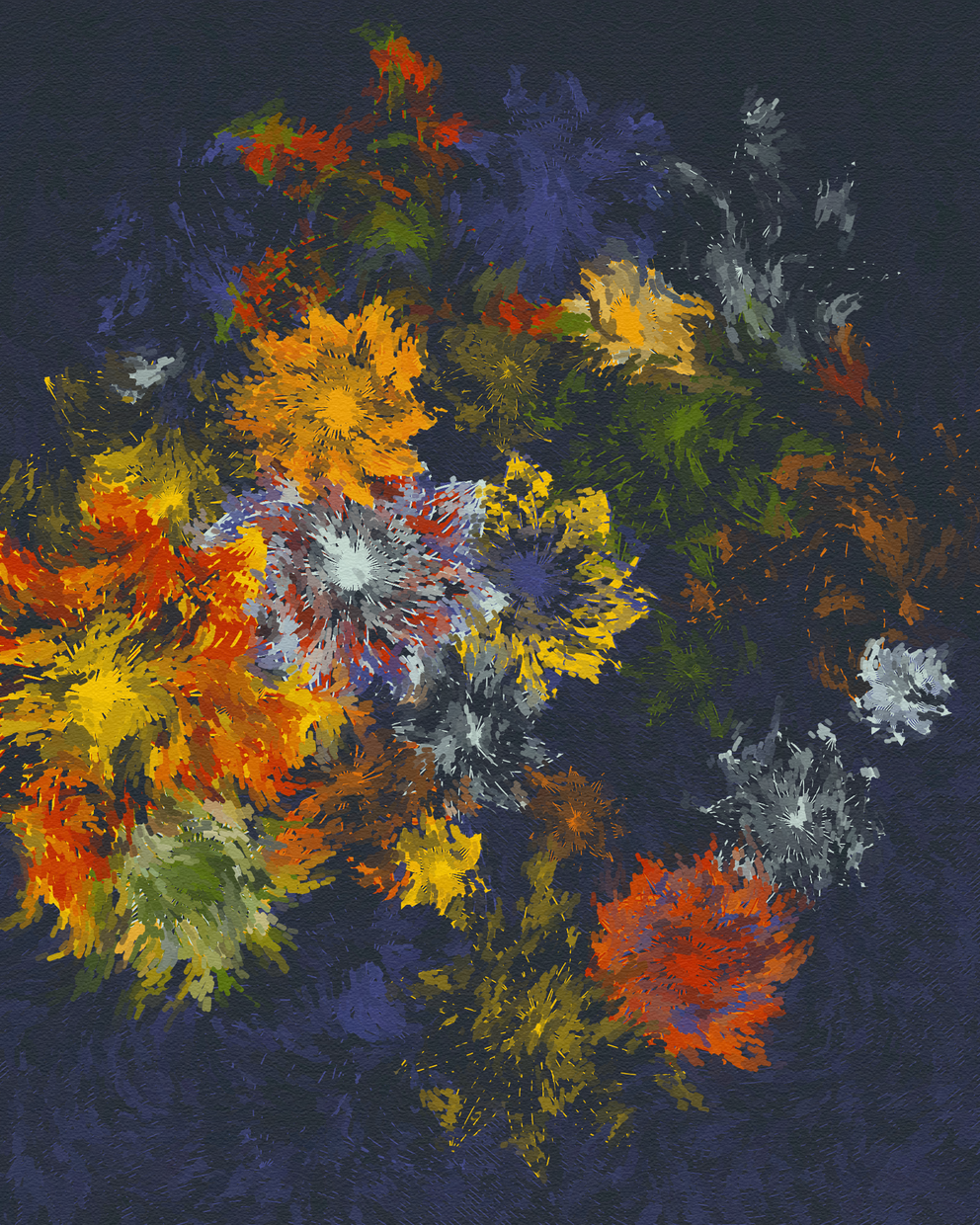
What my daydreams are made of
written by elsif
What was the inspiration behind Summer Daydream, was the project influenced by anything in particular or a general nostalgia for summertime?
Summer Daydream is the final chapter in a nature trilogy that I've worked on throughout this year. The inspiration comes from both the superbloom in California this spring, and the carefree summer vacations of my childhood. I used to live close to a beautiful woodland in northern China, with a willow-lined creek filled with lotus and water lilies. I spent many long summer days playing in the woods with my friends, pretending to be explorers, detectives, martial arts masters, and more ... back then I only dreamed of the future, and now I sometimes dream of the past. Things as small as the taste of a hawthorn berry or the fragrance of a pagoda tree would pull my mind back to that simpler time. I can't remember the shape of the creek or the paths we took, yet the colors are still vivid as new, and they bring me a sense of happiness and peace.
Friends have told me that this work reminds them of Monet's water lilies, and I'm extremely flattered by the comparison. I wonder if Monet's lily pond also made his heart feel lighter in a way.
How did you achieve such a convincing impressionistic style through code? Can you briefly describe your process and the tools you used?
I've always loved the visible brushstrokes in impressionist and post-impressionist artworks, because they give glimpses into the artists' process, which makes the art feel more personal and emotional for me. As a result I am a big fan of showing my process, most of my generative works animate to reveal the rendering steps to the viewer. Some collectors have told me that it takes the magic away, but I think of that as a critique of my artwork rather than the approach, because if magic is taken away by simply revealing the process, then it's just a trick. I want my work to still feel magical, even if you know exactly how it's made. With my more recent works I want to take this idea further, and expose the digital generative process in the final still images. If you zoom in on a high resolution output of my recent work, you'll see distinct circles, lines and other geometric shapes, the signatures of a digital generative artwork that cannot be easily recreated by hand.
The core technique behind this is something that I've been exploring for a bit over a year now, starting with For Algernon: place colors on a digital canvas based on a predefined or pseudo random distribution, then displace these colors using layers of noise functions drawn with opaque elementary shapes. I guess it's similar to laying down pigments on a physical canvas and then displacing and blending them with small brushstrokes, except that I use the Canvas API and P5.js library.
project name project name project name
How did you choose the palette and range for this project, how many different tones did you incorporate and how much freedom did you give the algorithm to create variations?
Some of the palettes are sampled from my photos of nature and post-impressionist paintings, some are derived from the public domain MetBrewer library. The most complex palette I use contains 12 colors and some pieces will sample from two palettes for up to 20 base colors. The painting algorithm mixes the colors together to create more variations in hue and saturation. Also, by placing small dots and lines next to each other, additional colors are created through optical blending in the viewer's eyes and mind. In other words, the variations come from both the machine's calculations and human perception.
This series is closely related to two previous projects you’ve done this year, in what ways are they linked and how do you see your practice developing in the future?
All three series were inspired by the superbloom that appeared in California after an unusually rainy season. Colorful wildflowers popped up everywhere seemingly overnight, fields of blue-eyed grass and orange poppies emerged right next to my house, and I wanted to capture some of this beauty in my art.
The first work, titled Superbloom, was created while the wildflowers were the most beautiful, it's about capturing a singular moment of flourishing nature. This was released on Feral File as a part of the group show N=12 with 11 other artists, curated by Aaron Penne.

The second work is Colors of the Wind, created while some petals were fading and scattered by the wind, is about embracing change, in both seasons and life's circumstances.
This final series, Summer Daydream, is about nostalgia and reminiscence, and cherishing the vivid feelings and memories of my childhood an ocean away. It will be released for live minting at Unit London on September 27th, 10am BST, and public minting at 9pm BST.
I find it fitting to mint a series about reminiscence for the Unit London 10 year anniversary event, here on fx(hash), where I first started my journey as a generative artist <3
project name project name project name
In the future, I will continue to explore abstract nature but also incorporate more figurative and human elements into my work. Generative portraiture is something that I've been working on since January 2022, and I hope to reveal some of the work soon.

